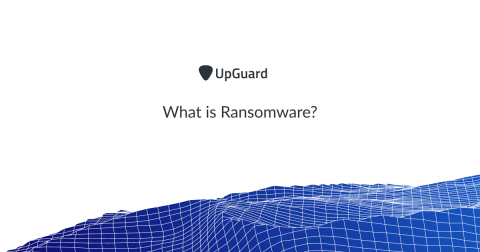An introduction to penetration testing
The digital world has become a dangerous place. It’s like the Wild West (the movie kind, not the real kind, which was decidedly less wild than it’s portrayed), with outlaws out to do you harm and make off with your precious data. Fortunately, like any good western, there are also honour-bound gun slingers seeking to bring law, order and – most importantly – security to the digital landscape.









